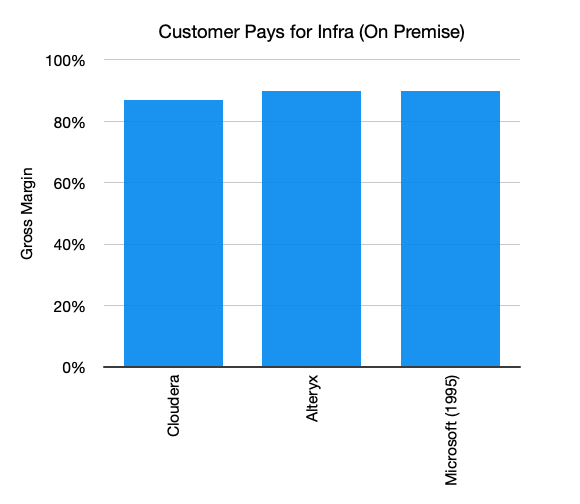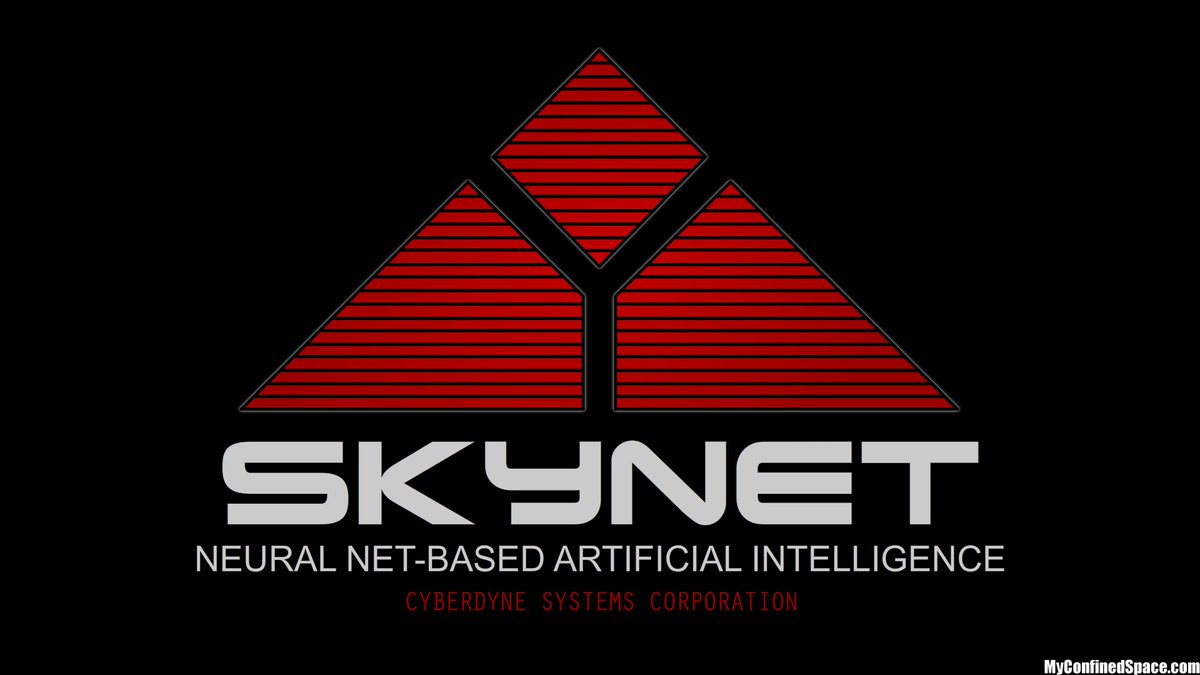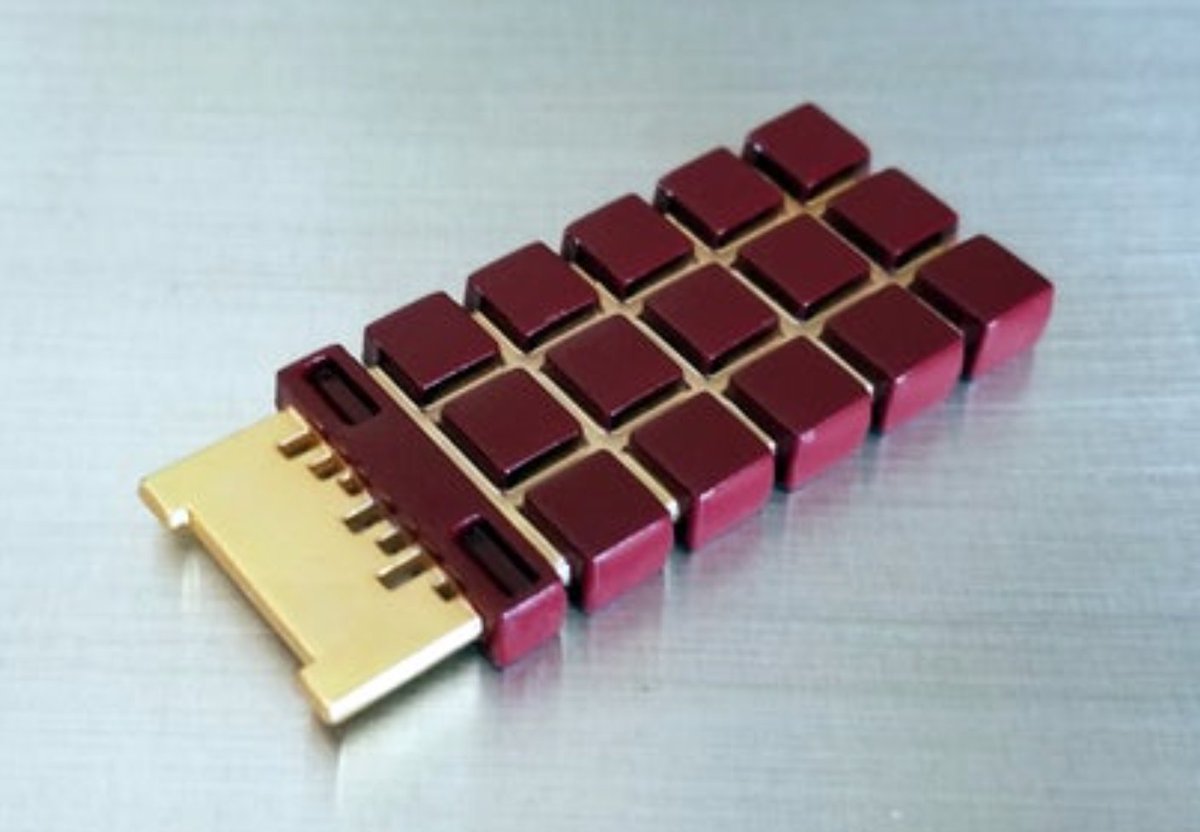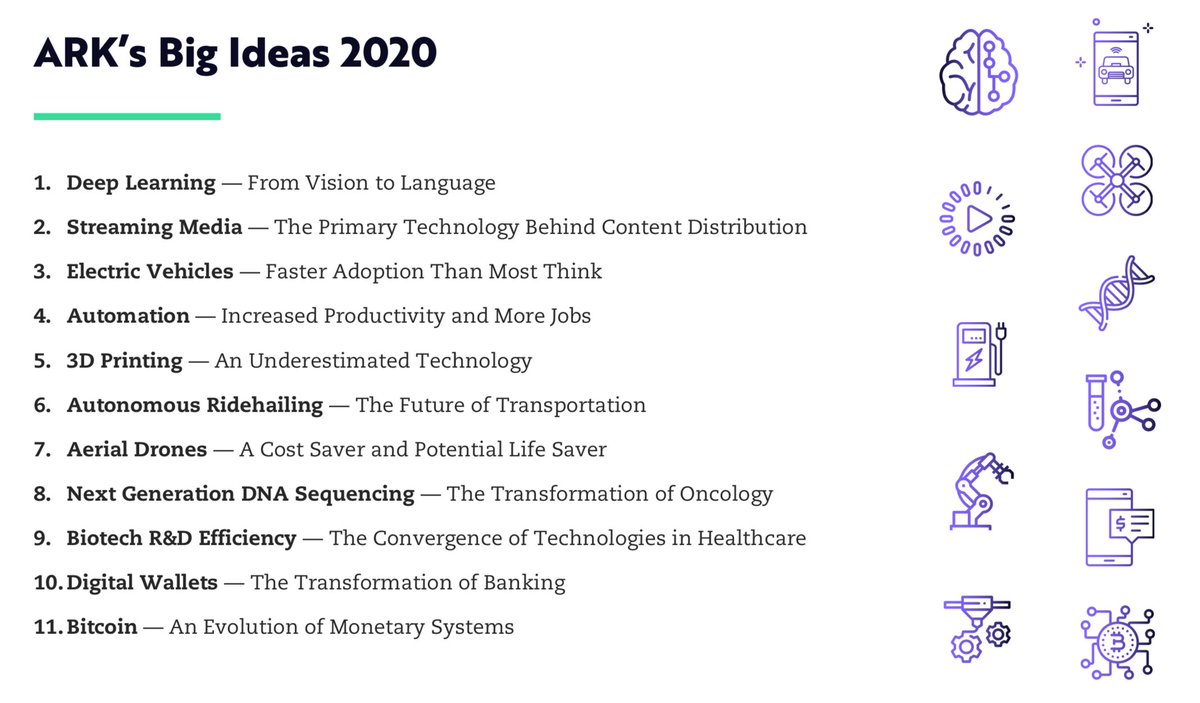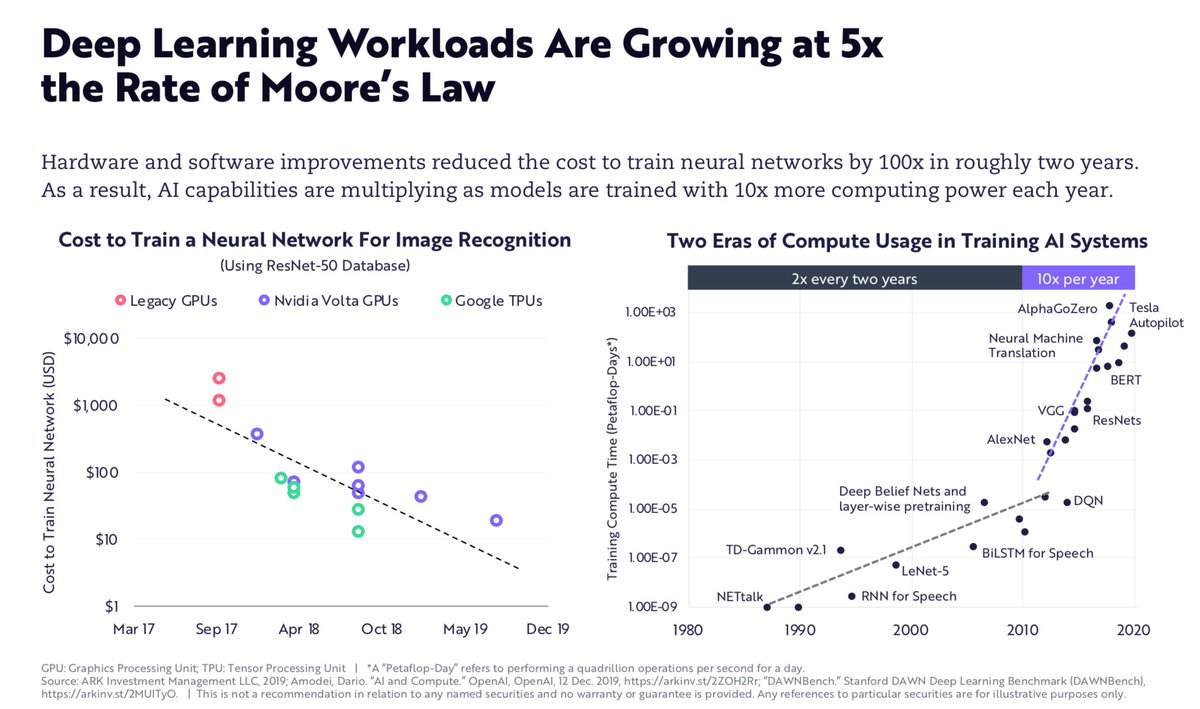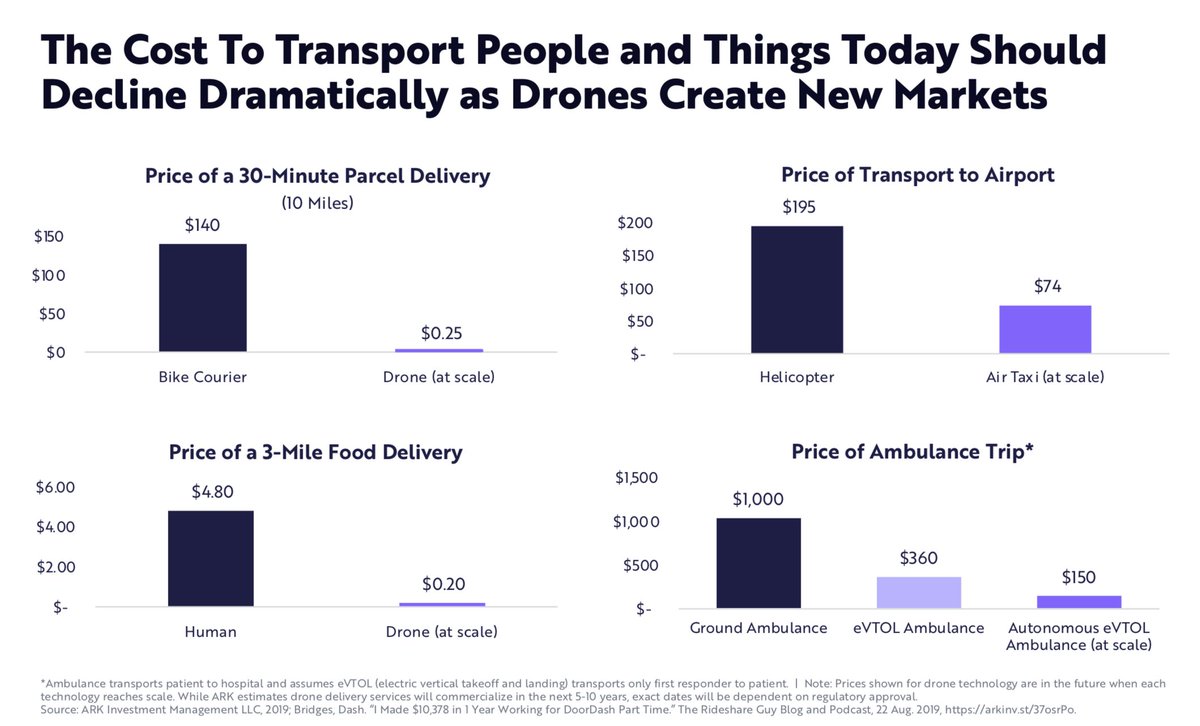
I’m going to have a fun TIME tonight.
good news, DAI is sent from the ethereum side.
bad news, it's nowhere to be found on the avax side.
#futureoffinance
bad news, it's nowhere to be found on the avax side.
#futureoffinance
on avax DAI isn't DAI, it's called 'DAI.e' - money found!
woof - crossed a bridge, lost my DAI, ran out of gas, got some gas, then finally made my way to wonderland!
(🎩,🎩)
(🎩,🎩)

• • •
Missing some Tweet in this thread? You can try to
force a refresh








